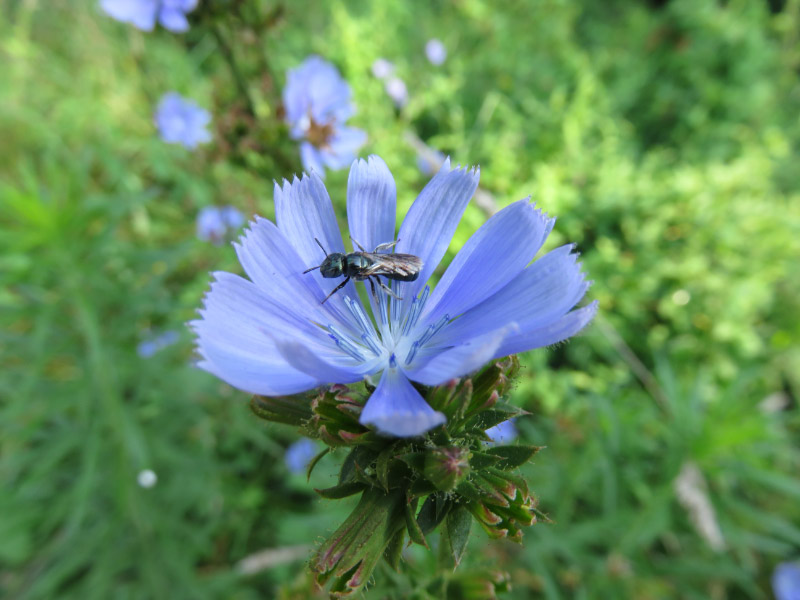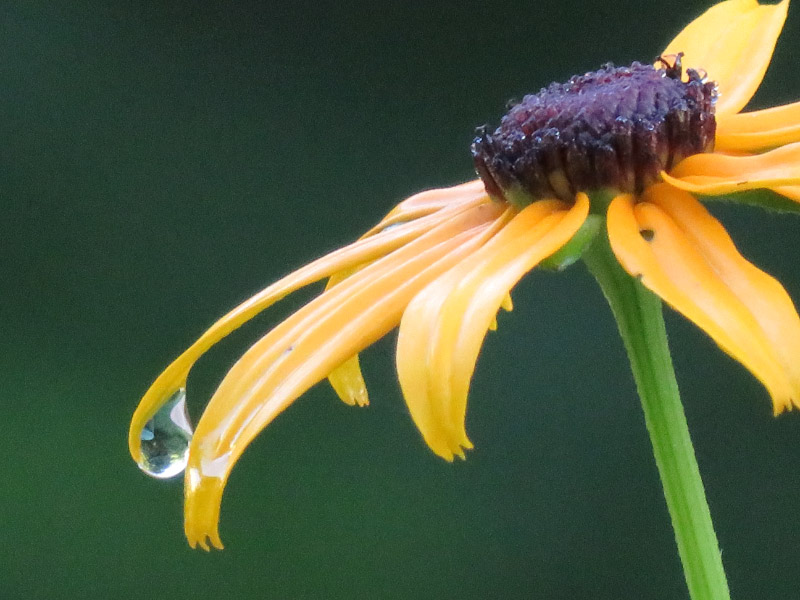Gleanings of the Week Ending December 24, 2016
/The items below were ‘the cream’ of the articles and websites I found this past week. Click on the light green text to look at the article.
Skeleton Lake of Roopkund, India – The lake is in the Himalayas and covered with ice for most of the year. Researchers think that the 200 people were killed by a sudden hail storm – with hailstones up to 9 inches in circumference.
Heading off Headaches – I am fortunate to not have headaches very often. When I look at some of the preventative steps listed in the article…most of them are part of the way I live all the time.
Skeleton found in Clare cave reveal a tragic life story – The skeleton found in a cave was analyzed and found to be a boy 14-16 years old at time of his death in mid-1600s. He had endured near starvation conditions for all his life. The space he was found in was just large enough to crawl into…and I wondered if he intentionally went to the cave to be alone when he died.
The Chemistry of LED Lights – We are seeing so many LED lights in Christmas displays. Here’s the tech details behind the brilliance.
Skin proteins reveal how mummies died – Three mummies analyzed. Based on the proteins found, one might have died of tuberculosis and another from pancreatic cancer. The third one had been interred in a hollowed out log and exposed to the elements over time; the proteins had degraded and could not be identified for that one.
An Unlikely Renaissance of Appalachian Elk – Outside Grundy, VA – in a former surface coal mine, now grass covered…a place for reintroducing elk to the east coast. There are places in Kentucky and Great Smoky Mountains National Park too!
Raw foodies: Europe’s earliest humans did not use fire – An analysis of dental plaque from 1,2 million old skeletons shows they were eating meat and plants….raw. There was no indication of charred fibers or of microcharcoal.
Top Technical Advances 2016 – From The Scientist Magazine – so skewed to biological sciences.
3D Skeletal System: 5 Awesome Ligaments – I am digging into anatomy after finished the Osteoarcheology class…and starting “Anatomy of the Abdomen and Pelvis”
The Challenge of defining maturity when the brain never stops changing – “The age of 18 doesn’t have any biological magic to it.” The concept of maturity links to responsibility for actions…an important concept in our legal system.





















